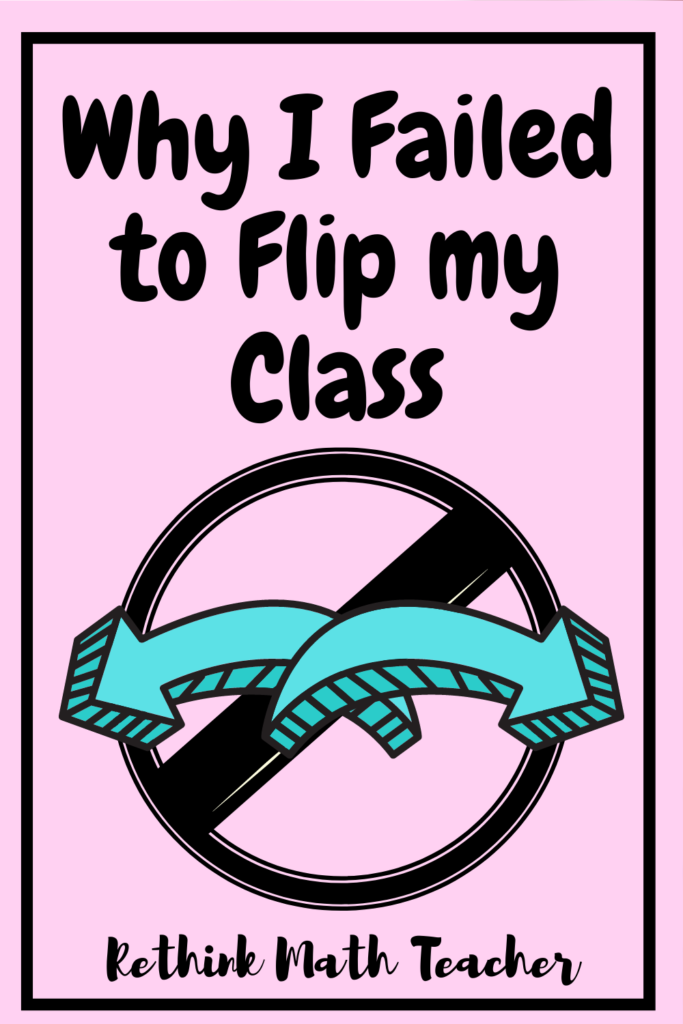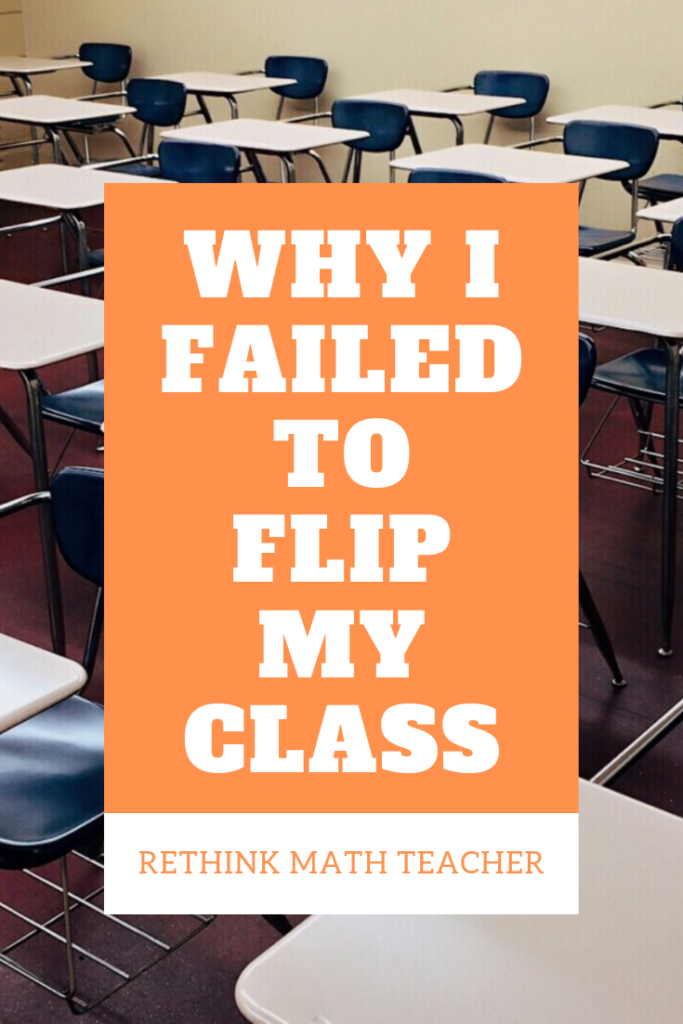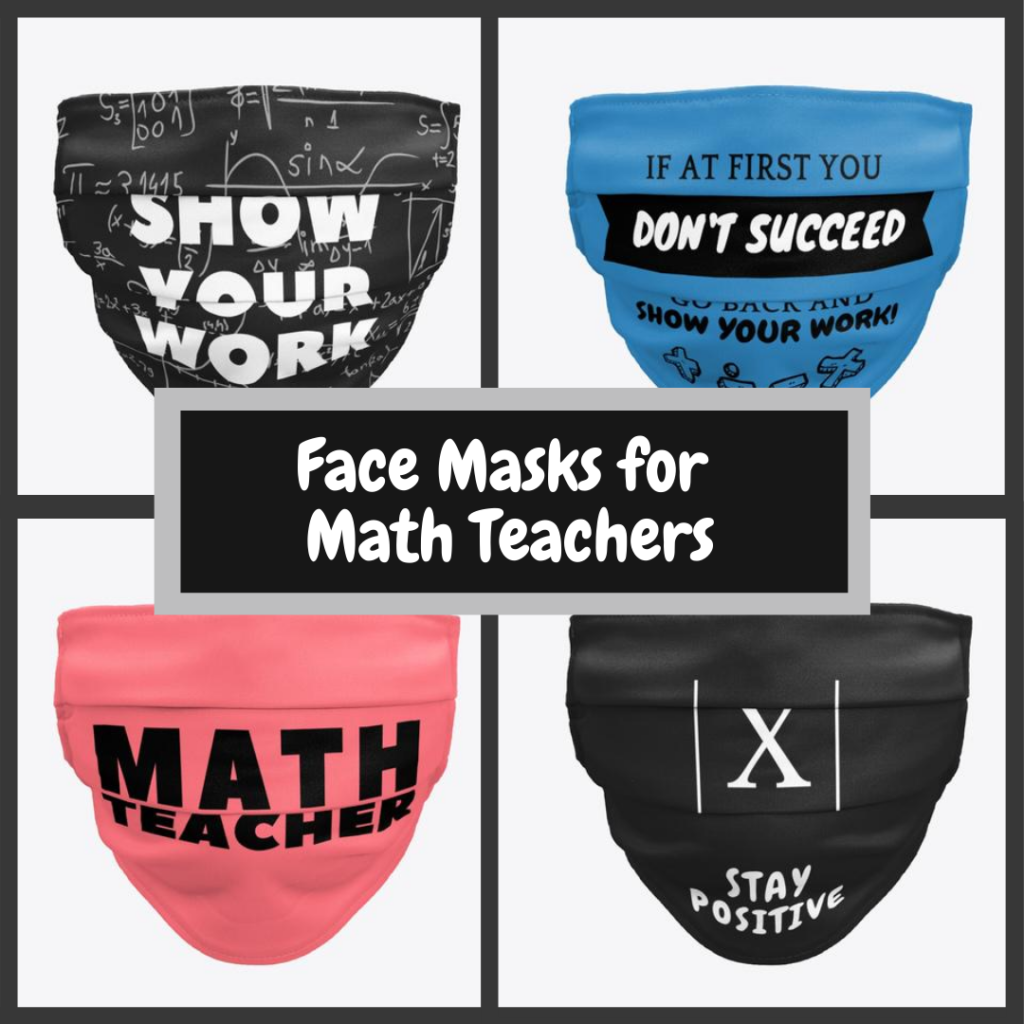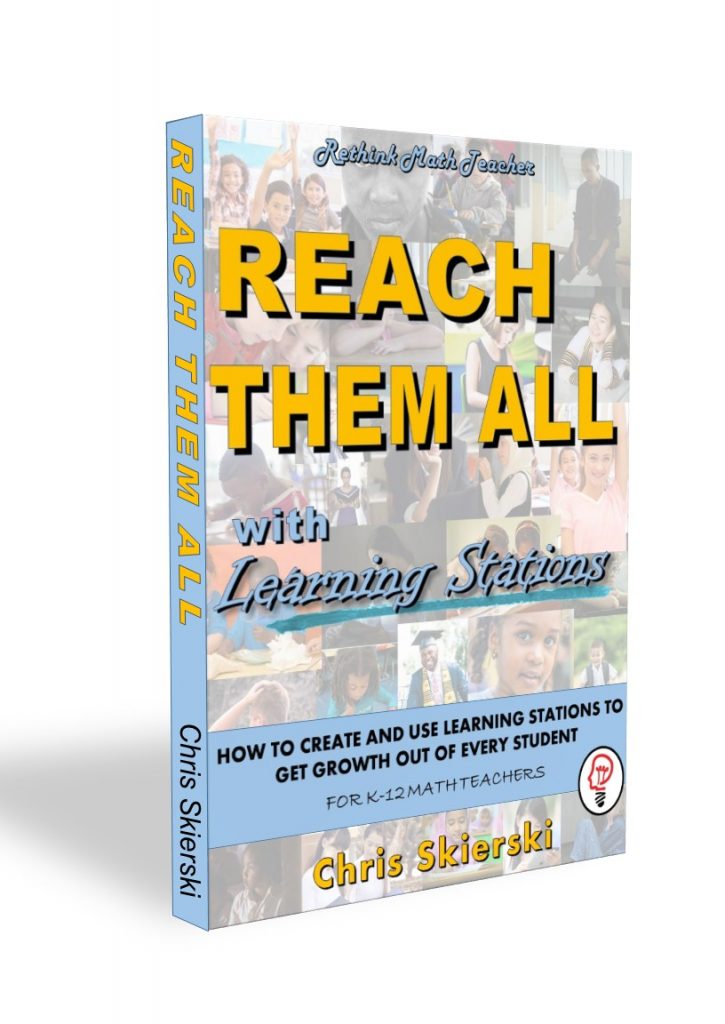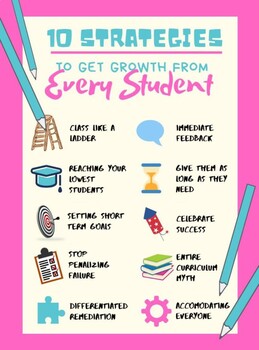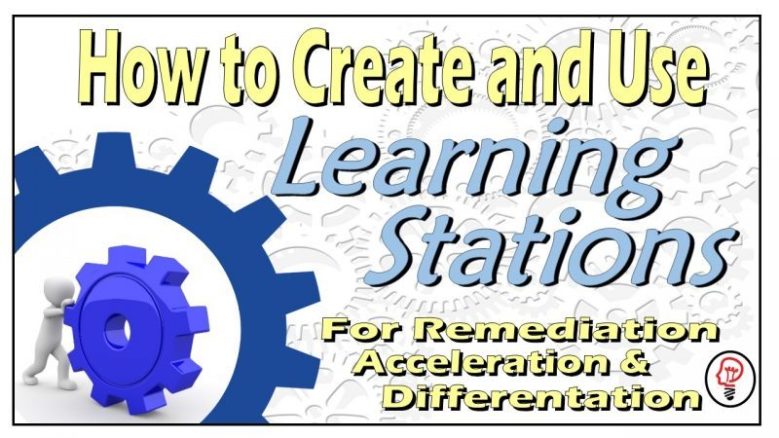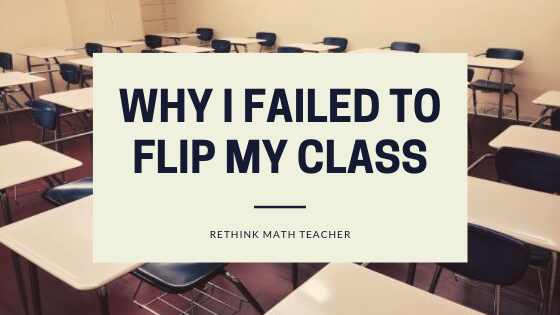
I first learned of the idea of a Flipped Classroom through Salman Khan’s Ted Talks Presentation (Salman Khan is the founder of Khan Academy), and I thought the idea was brilliant.
In the traditional classroom, the teacher teaches the students how to complete a task, and models several problems for them. Then the students are given independent practice problems, which are traditionally done at home. Several problems arise from this model.
1. people need to hear the lesson, or parts of it, more than once. They are not able to since the lesson has been completed. Also, sometimes they need to hear parts of it again after attempting their own practice problems, which also usually doesn’t happen.
2. The students have no help as they work through the independent practice. So if they need more explanation, or assistance in the problem solving process, there is none except for their notes. This can lead to them making mistakes and practicing the problems incorrectly, which reinforces a bad habit.
3. There is no immediate feedback when the student does the independent practice. Feedback is a powerful teaching device, it let’s us know that we are doing the task correctly and we build confidence, or it let’s us know that we’re making mistakes and allows us to correct them.
With these problems in mind, Salman Khan proposed, in this Ted Talks, that we ‘flip the classroom.’ The students would watch a recorded lecture at home, and then do the independent practice in the classroom.
Now students who needed to watch it multiple times, could, while students who got it quickly could spend less time on this portion of the assignment.
Furthermore, students could do their practice problems in the classroom, with their teacher helping them. This would also allow immediate feedback, especially if you were using an online practice portal like KhanAcademy.org
This format also allowed students to spend more time practicing problems, or get more practice problems if they needed the extra work to master the concept. Which led to differentiation because you could now have students working on different skills at the same time.
Why it Didn’t Work for Me
As mentioned above, I loved all the concepts being brought forth with the flipped classroom model I heard Salman Khan espouse. I bought into the idea of not penalizing failure, allowing as much practice as needed, and providing instant feedback.
However, I was teaching at a Title 1 school, where almost all of the students were from economically disadvantaged homes. Which meant two things when it came to flipping my classroom.
First, many of the students did not have internet access at home, so they could not watch the tutorial videos. Also, many of the students knew that if they claimed that they didn’t have internet access at home, they were free from doing online assignments, and since most teachers did not want to print a bunch of worksheets and grade them by hand – claiming to not have internet access became a good way to avoid getting homework assignments. But I digress.
Second, many students did not have a supportive home environment. Which meant that they were going home to empty houses or uninvolved parents. And in such circumstances, students are not likely to do homework. There are too many distractions in the house which would pull them away from doing their homework with parental support and supervision.
In light of the above two facts, the reality was that the majority of my students would not watch the videos that were assigned. Thus, my students were coming to class unprepared – they hadn’t watched the videos and didn’t know how to do the work. So how was I to serve these students?
They needed a tutorial to be able to do the in-class practice problems. Was I to waste the day? Have them sit in class and practice problems that they didn’t know how to do, hoping they’d figure it out before they became discouraged from getting every problem wrong, and then hope they would watch the video the next night? Or did I make them watch the video in class and then do the practice problems at home, for homework?
While both of the above solutions seem like good, natural consequences for the students who failed to do the assignment, the reality was that it wouldn’t produce the desired effect. The students would not do the work at home, they would get the problems all wrong, and they would not master the material.
The goal is for them to master the concepts.
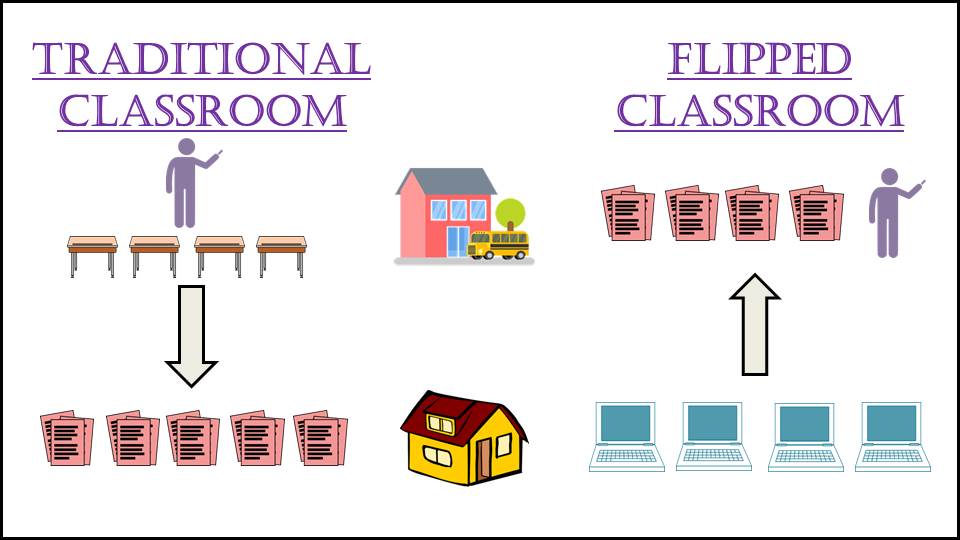
In the Flipped Classroom, the students do the learning at home on a device, and then the teacher assists in the independent practice at school.
What I Wanted
I wanted my students to master the concepts being taught in the class and make academic progress.
I also wanted to instill the principles outlined above:
- Giving students as much time as they needed to master a concept
- Not penalizing students for mistakes made in the learning process
- Identify skills a student had not mastered and remediate them so they could do the grade-level work
- Provide instant feedback
How I Solved the Problem
Since I wanted students to have the freedom to spend as much time as they needed to master a concept, without penalizing the rest of the class, I needed to differentiate my instruction so that students were working on different skills at the same time.
Which meant they needed differentiated instruction and practice problems.
Instead of sending them home with teaching video assignments, I provided them in class.
I created a skills-based learning station that provided the tutorial needed in a video format (if I had the technology in the classroom. If I didn’t have the technology, I used worksheets or portions of the textbook). Then, inside that station was ample practice, with immediate feedback, so that the students could spend as much time practicing the skill as they needed – and get immediate feedback so they could learn from their mistakes or gain confidence as they got each question correct.
Finally, I created diagnostics so that I could know what skills each student had yet to master that was preventing him/her from doing the grade-level work (for example, maybe they can’t graph a linear equation because they don’t understand slope). I remediated those missing skills for each student in a learning station.
And we celebrated the students’ success! Every time they mastered a skill, by graduating from a learning station, we celebrated, and they loved it and it helped them try harder and enjoy math more.
Interested in Learning More about Learning Stations or Starting them in Your Class?
If you’d like to learn more about learning stations, read these two articles:
If you’d like to get started creating and implementing Skills-Based Learning Stations into your classroom, then I have two resources for you.
- The book, Reach Them All
- An online Course (which comes with a free digital copy of the book)
